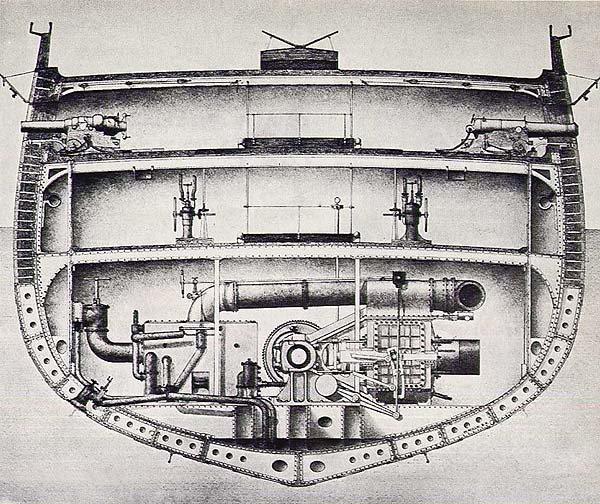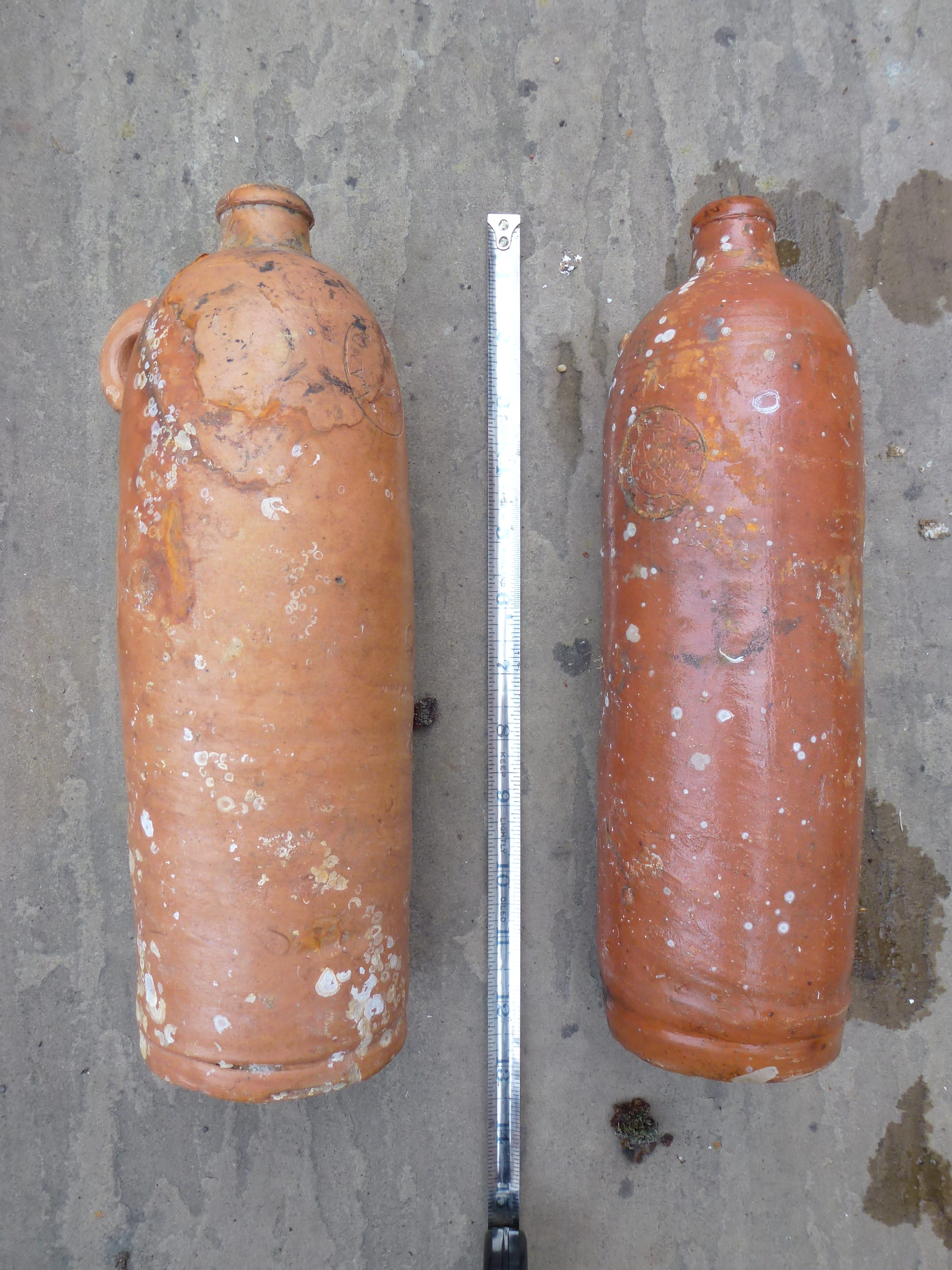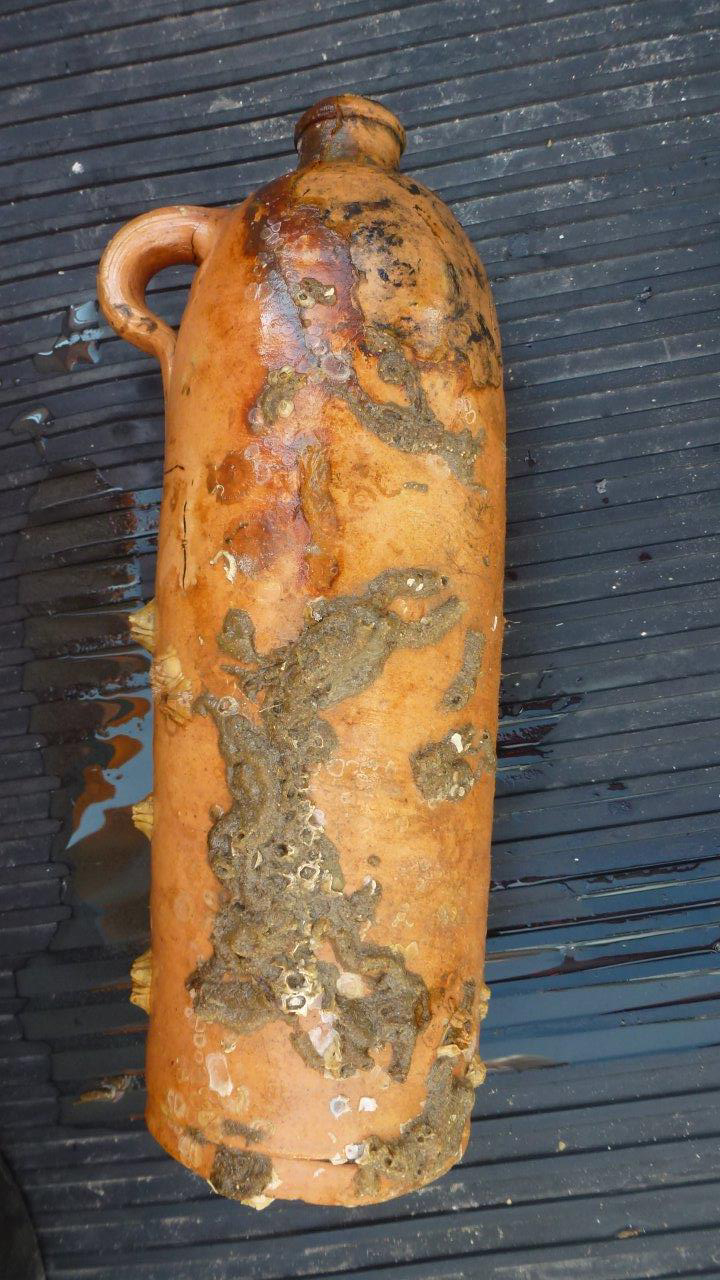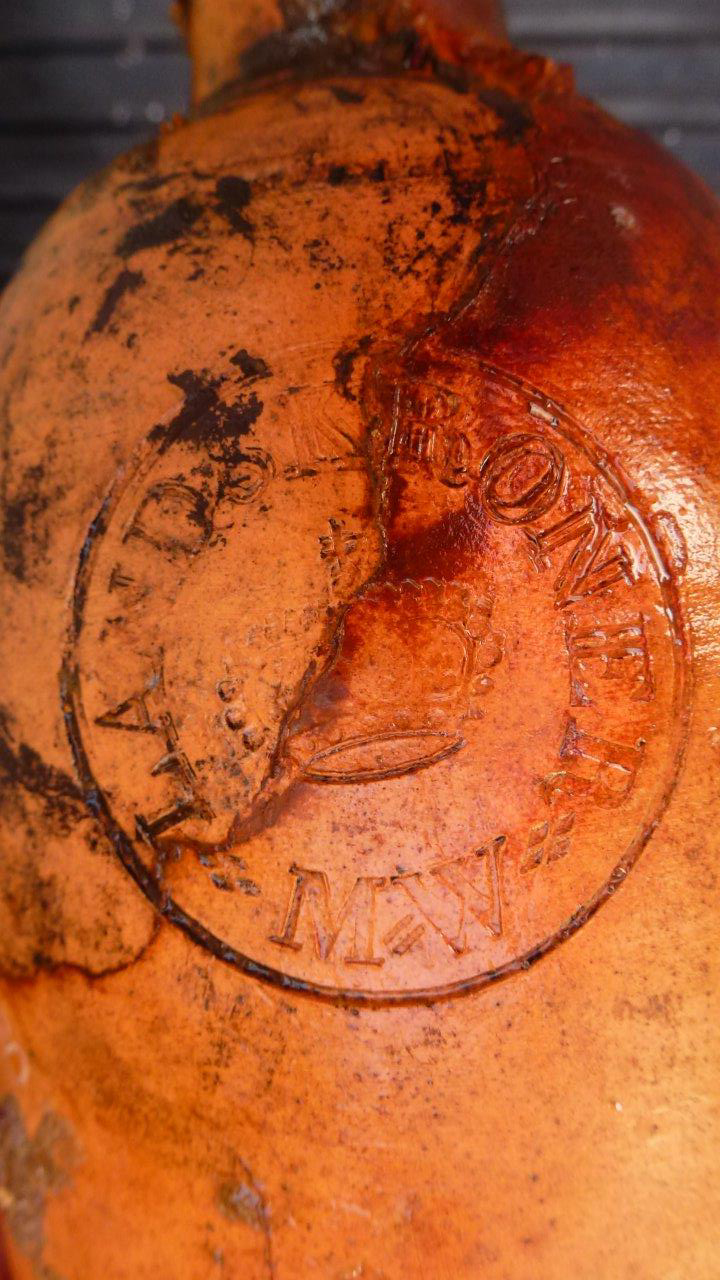Unknown Lead Wreck Blog
This Blog is for divers to add their comments and photos. We have been regularly diving this site since 2000 to try and identify the wreck.
Why call it the Unknown Lead Wreck? The wreck has a quantity of low quality ingots ranging in sizes and shapes 35kg to 48kg. Currently we are not sure if the ship was in ballast or if the ingots were cargo.
Also it looks like the ship was carrying quantities of health / medical drinks as ceramic glazed jars of Mineral Water from Germany and pharmacy potions from Dublin.
So all this just adds to the mystery, so what was it doing?
Was it transporting pharmacy products between Dublin, UK and Germany?
• Empty Mineral Water Jars back to Germany to be refilled from Ireland with full pharmacy potions from Dublin.
Or
• Empty Dublin Bottles going back to Dublin to be refilled with full Mineral Water Jars from Germany.
Currently the belief is that the ship was built around 1870 due to the design of the engine and boilers. The boilers are similar to the ones on HMS Warrior 1860 and the wreck has a Trunk Steam Engine, notice the large driving cog in the illustration of HMS Warrior’s Engines, to the right.

Find so far



Lands Kroner Mineral Water Bottle
The bottles originate from Mineral Water Fountains that have been in use since 1565 at the foot of Landskrone (Ahr) in the Ahr valley at Bad Neuenahr, 20 kilometers south of Bonn,( Germany ).
The bottles from the wreck can be identified as being associated with the wells in operation from 1838 at Heppingen as they have the inscription “Landskron MW” with a crown as a logo. The abbreviation “MW” was for Mineral Water.
From 1838 there was two state licensed mineral holdings “Heppinger mineral water” and “Landskron mineral water”.
The mineral water jugs were sold as 1-liter and 0.5-liter jars. The Lanskroun fountain would use new jars and recycled old jars for discounted sales.
The mineral water was considered a luxury item new jars were sold to pharmacies, hotels, aristocratic and wealthy bourgeois houses. For the price of 1 liter of mineral water jar, a worker had to work about two hours (1840).
The demand for bottled water rose steadily and other wells were drilled in 1852 and 1853, 10 kilometers away, the Sinziger Fountain in Sinzig.
Leave a Reply
You must be logged in to post a comment.

Recent Comments